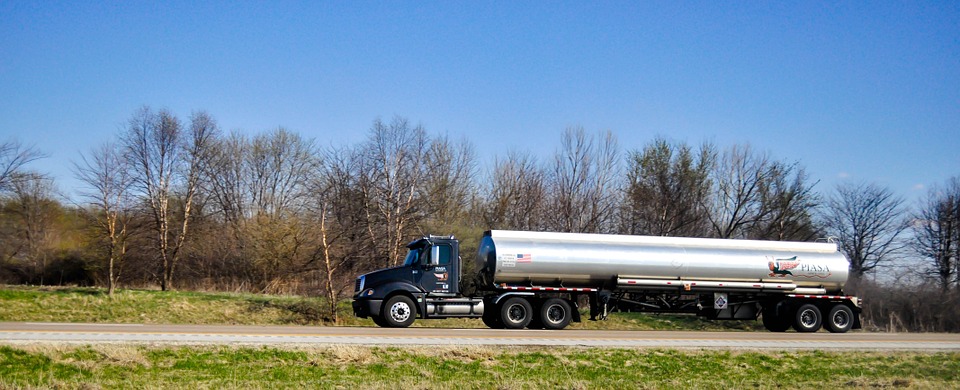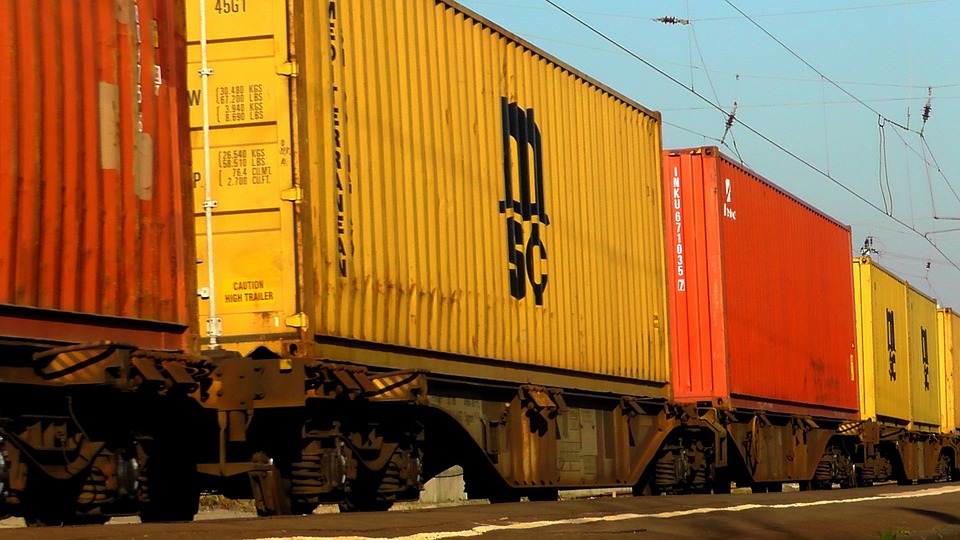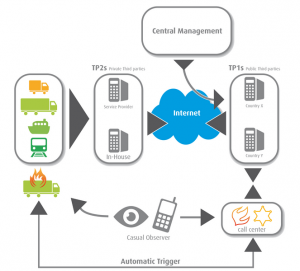The GEOTRANS MD project is a French collaborative project to define European telematics architecture intended to support the future regulations to make accessible in an electronic way the set of transport documents. Equip all the transport of hazardous goods of a localization system and a communication of data.
The consortium in charge of this project consists of representatives of the State (Ministry of Transport), research laboratories (CEA, LNE) and private companies’ representatives the various actors of the supply chain and the infrastructures of transport.
The group WP15 of the UNO is the organization which establishes at the European level rules applicable to the transport of hazardous goods by the road and by the rails (RID/ADR).
- ADR : European Agreement concerning the International Carriage of Dangerous Goods by Road. The ADR regulates the international transport of dangerous goods. In all countries that have ratified this agreement it applies to the cross-border transport that occurs between at least two of these countries. A European directive means that the ADR also applies to the domestic transport in the affiliated countries.
-
RID : Regulation concerning the International Carriage of Dangerous Goods by Rail. The RID applies to the international transport of dangerous goods by rail. The affiliated countries come to a mutual agreement as discussed above for the ADR.
The objective of the GEOTRANS MD project is to define and to demonstrate a system of communication and applicable information within the framework of this future obligation and which would allow to create a French ecosystem answering this European demand.
Functional architecture
Specifications of the various interfaces (WebServices):
- Internal interfaces allowing the communication between TP1 and TP2.
- External interfaces allowing the communication of the TP1 and TP2 with the outside world.
- Human-machine interfaces for the use of the TP1 and TP2 by the other actors (authorities, emergency services, etc.).
- Update of the Datex II model.
The activities of NeoGLS for GEOTRANS MD
Development of the TP1
This platform allows the public authorities to reach the shipment documents of hazardous goods according to the number of the license plate of the truck. It allows:
- The administration of the platform (statement of public services, authorized TP2 and TP1, management of the users).
- The consultation of shipment documents in the request (interrogation of the TP2 to get back shipment documents).
- The supervision of the exchanges between the TP1 and the TP2 (requests XML exchanged).
- The reassurance of the exchanges by the implementation of the reassurance of the exchanges TP1 – > TP1 and TP1 – > TP2 (mutual authentication by certificate, signature of flows).
Development of the TP2
Integration in the NOSCIFeL platform of an allowing TP2:
- The management of the shipment documents of hazardous goods and their generation in the format Datex2.
- The transmission in the TP1 of the starting up / stop of the transport.
- The provision of shipment documents at request of the TP1.
- The reassurance of the exchanges with the TP1 (mutual authentification by certificate, signature of flows).
Secondary development
Development of secondary applications allowing to demonstrate the use of GEOTRANS MD (TP1) by:
- Fire brigades,
- The administrators of infrastructure and
- Customs.
Development of a tool
Development of a tool allowing to verify the functioning of a TP1 or TP2 and to validate its possible integration in the architecture TP1 / TP2:
- Control of the validity of the requests,
- Reassurance and validation of the signature of the flow XML,
- Etc.
Benefits
Currents:
- Dematerialization of transport documents
- Reach quickly the information on the hazardous goods transported during an incident.
Short terms:
- Propose alerts on the thresholds of load, the limitations connected to the borrowed routes, etc.
- Allow to benefit from the same service whatever is the size of the company.
- Integrate equipments and telematic solutions already deployed at certain actors to demonstrate the additional advantages that they can bring.
- Allow to envisage punctual dispensations to facilitate the circulation on certain routes which would otherwise be the object of limitations even of bans.
 Français
Français  English
English 







